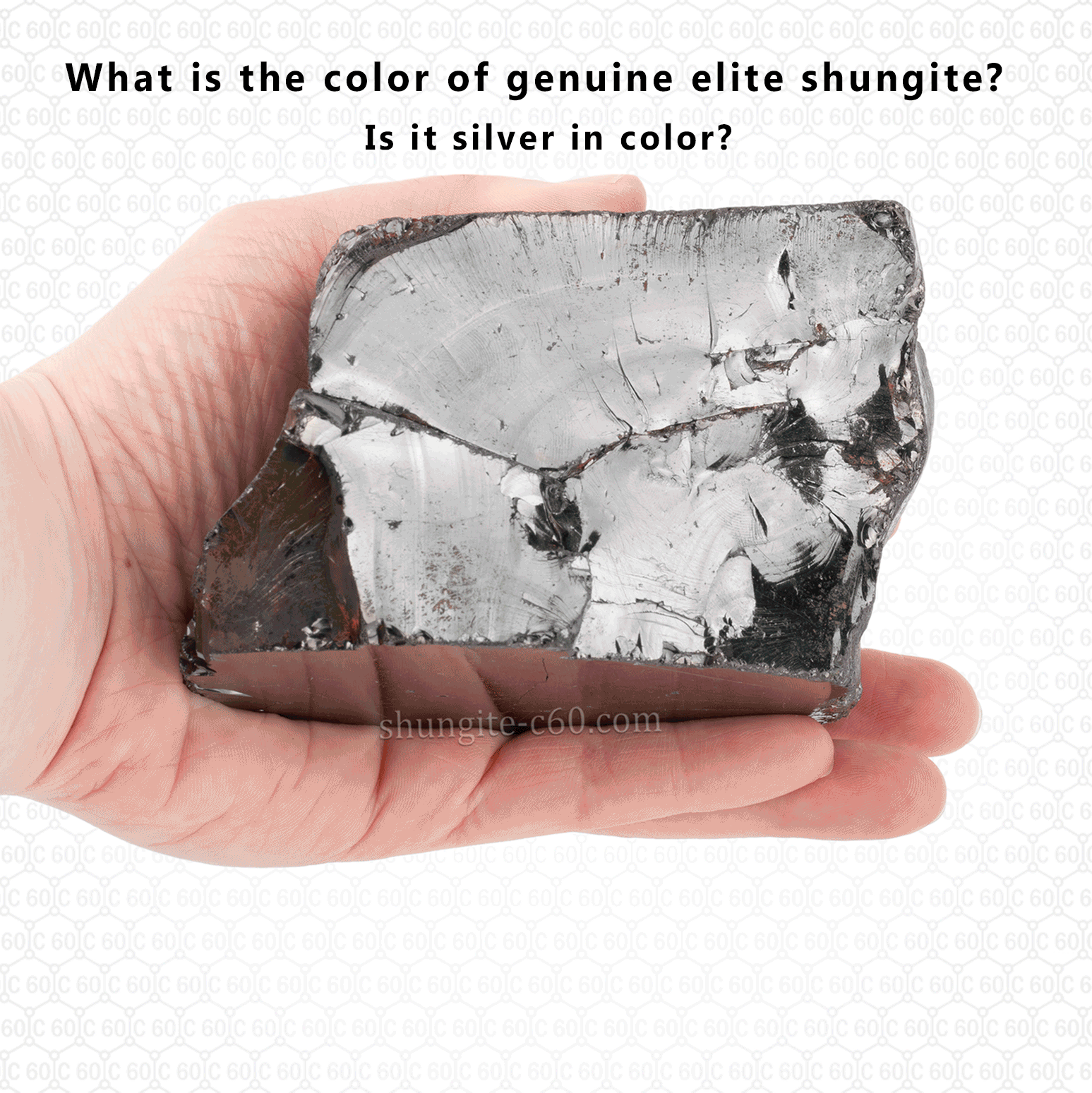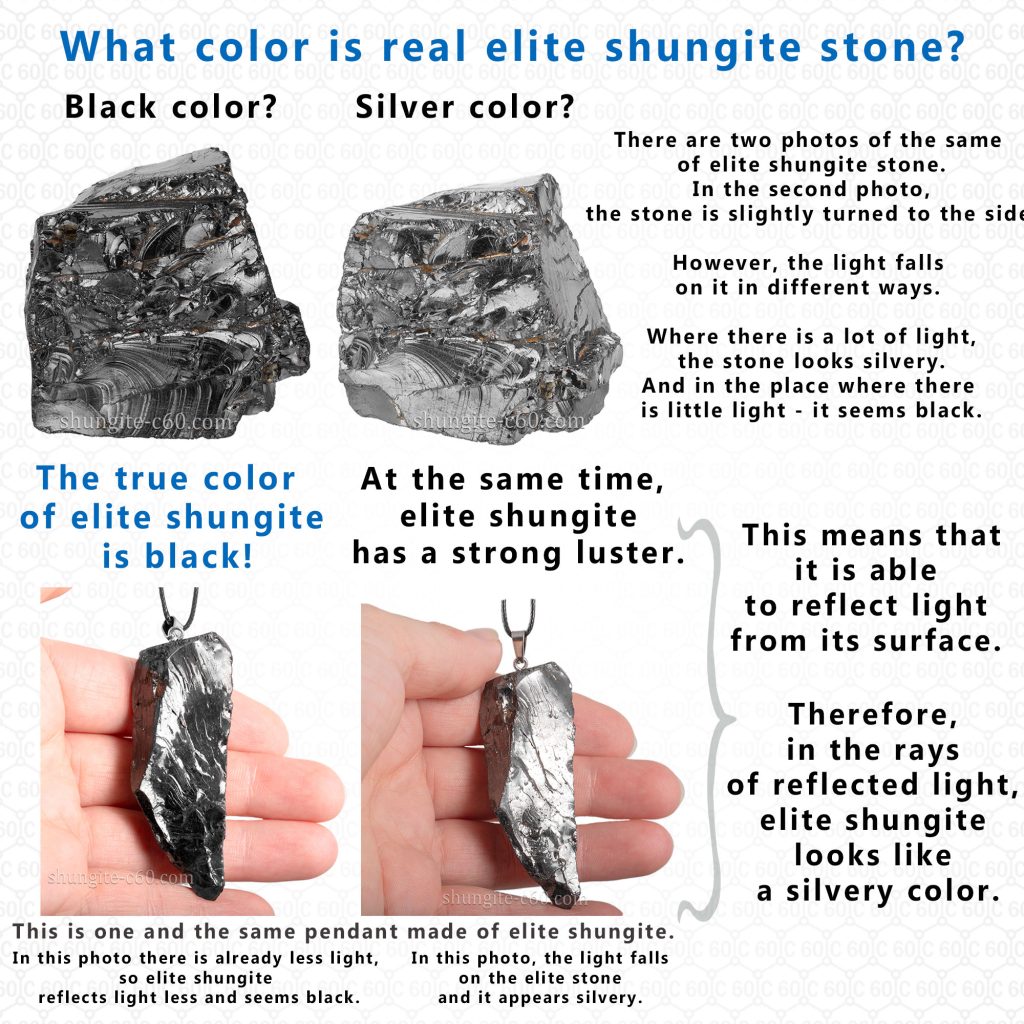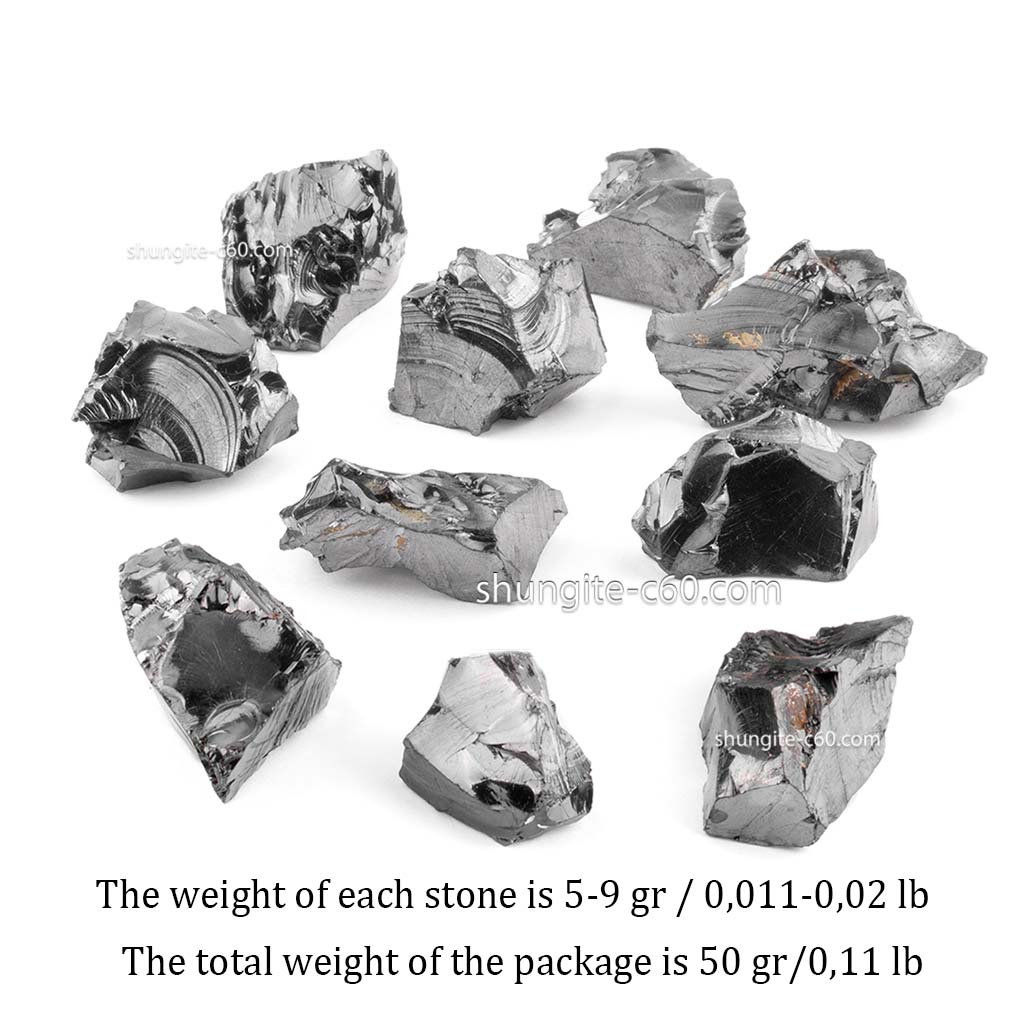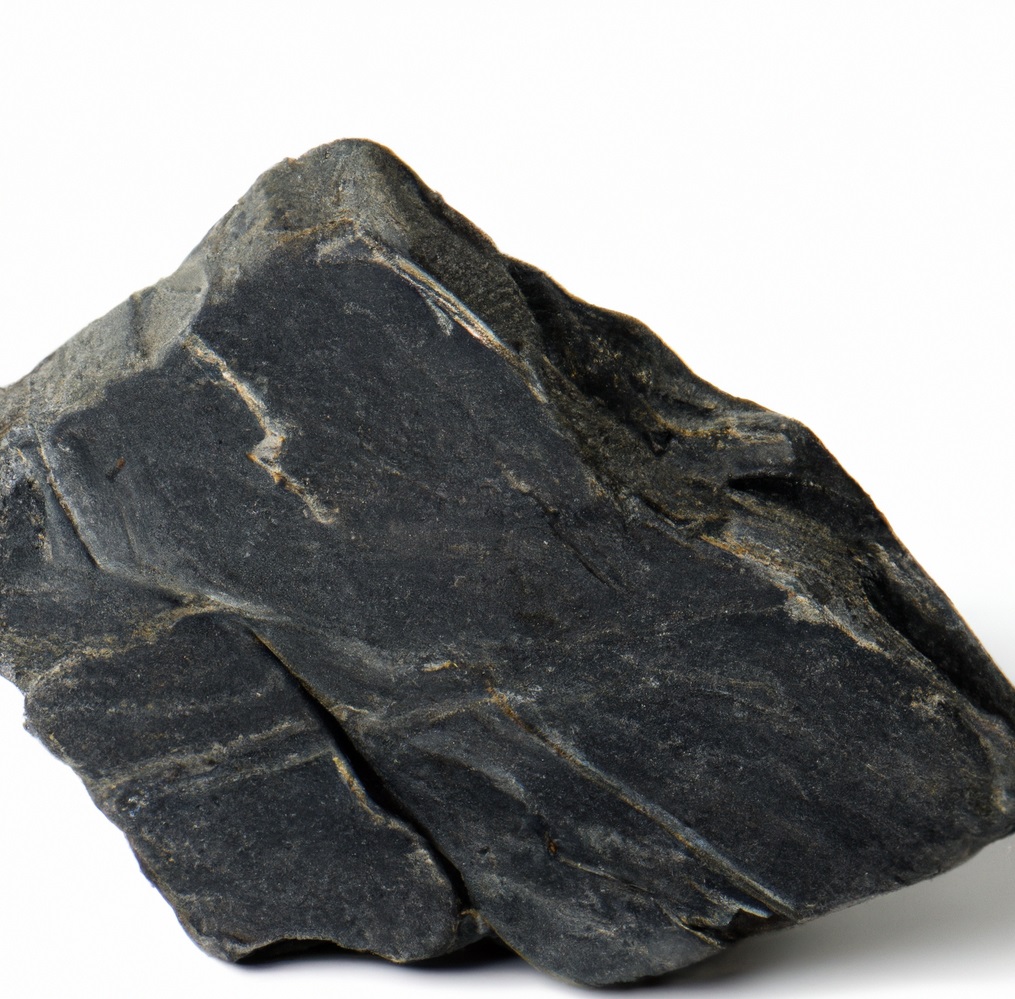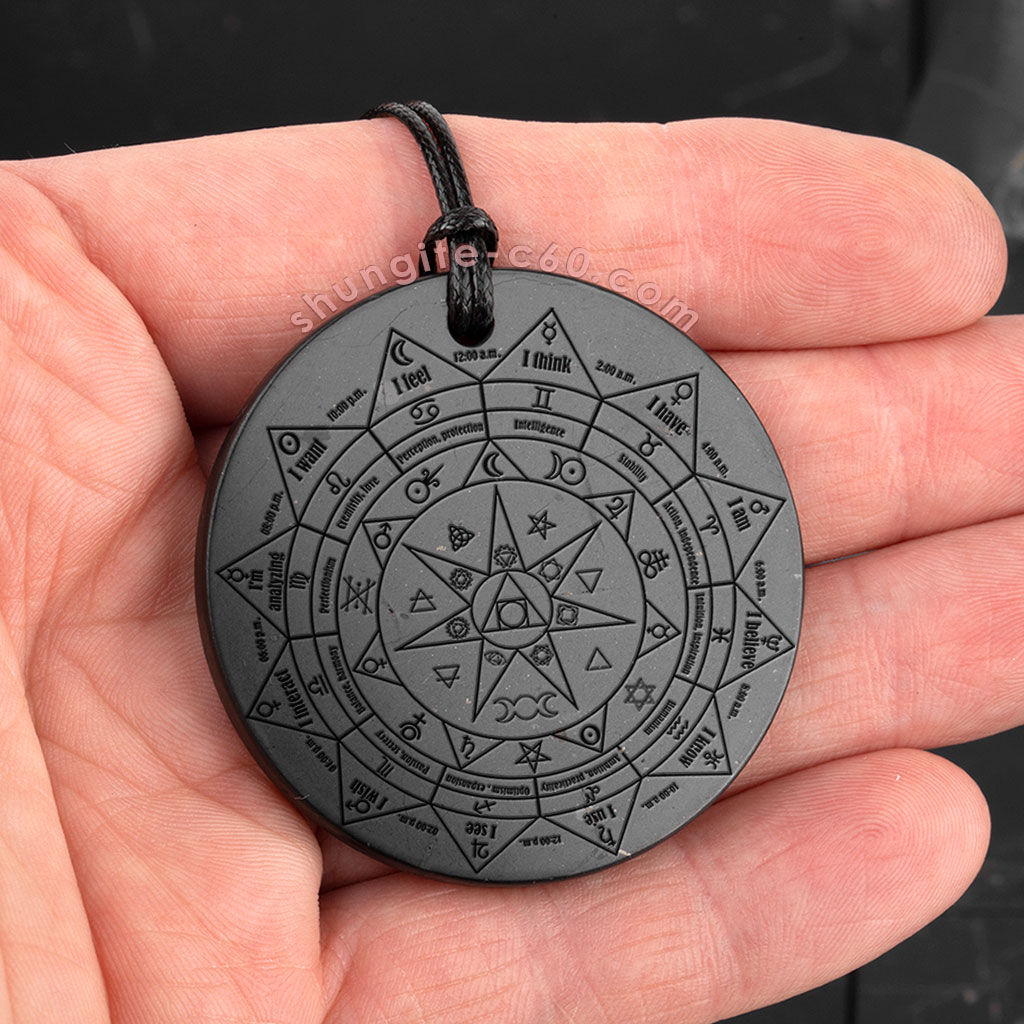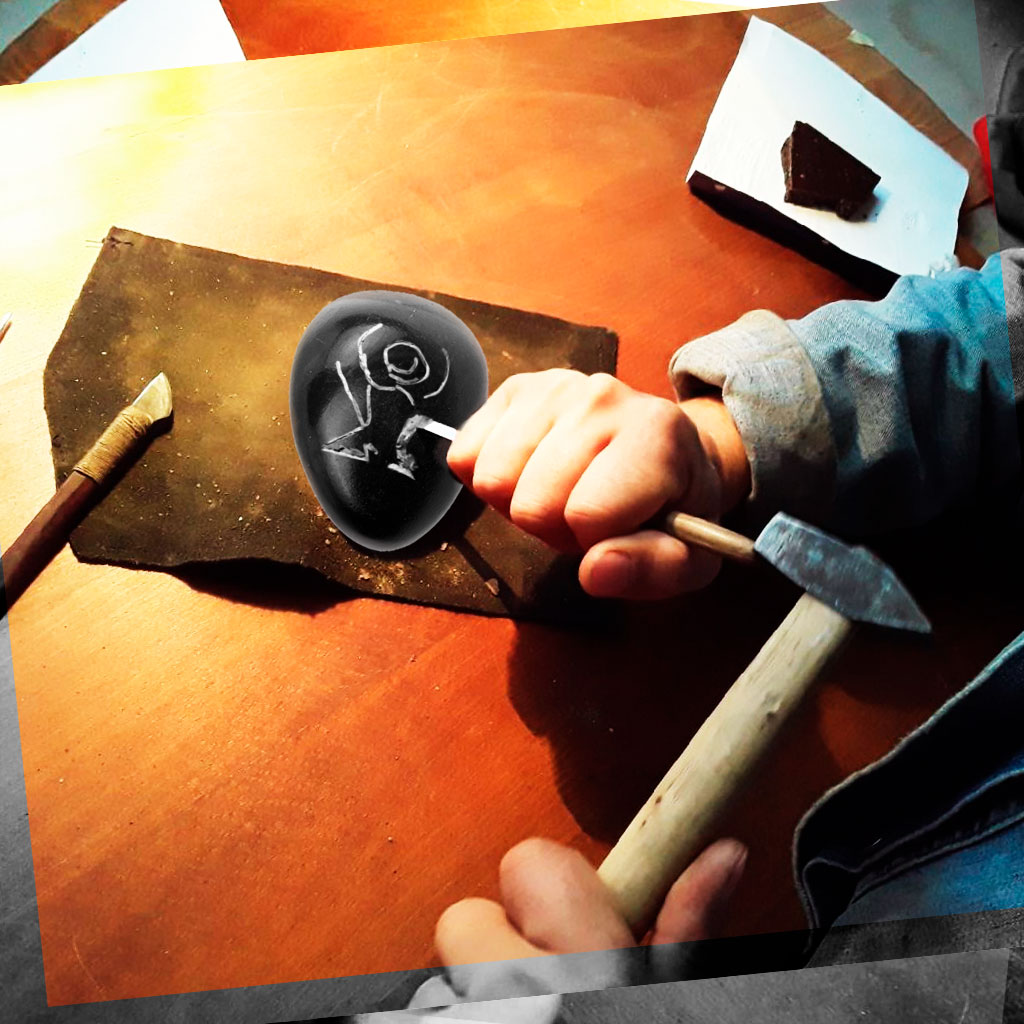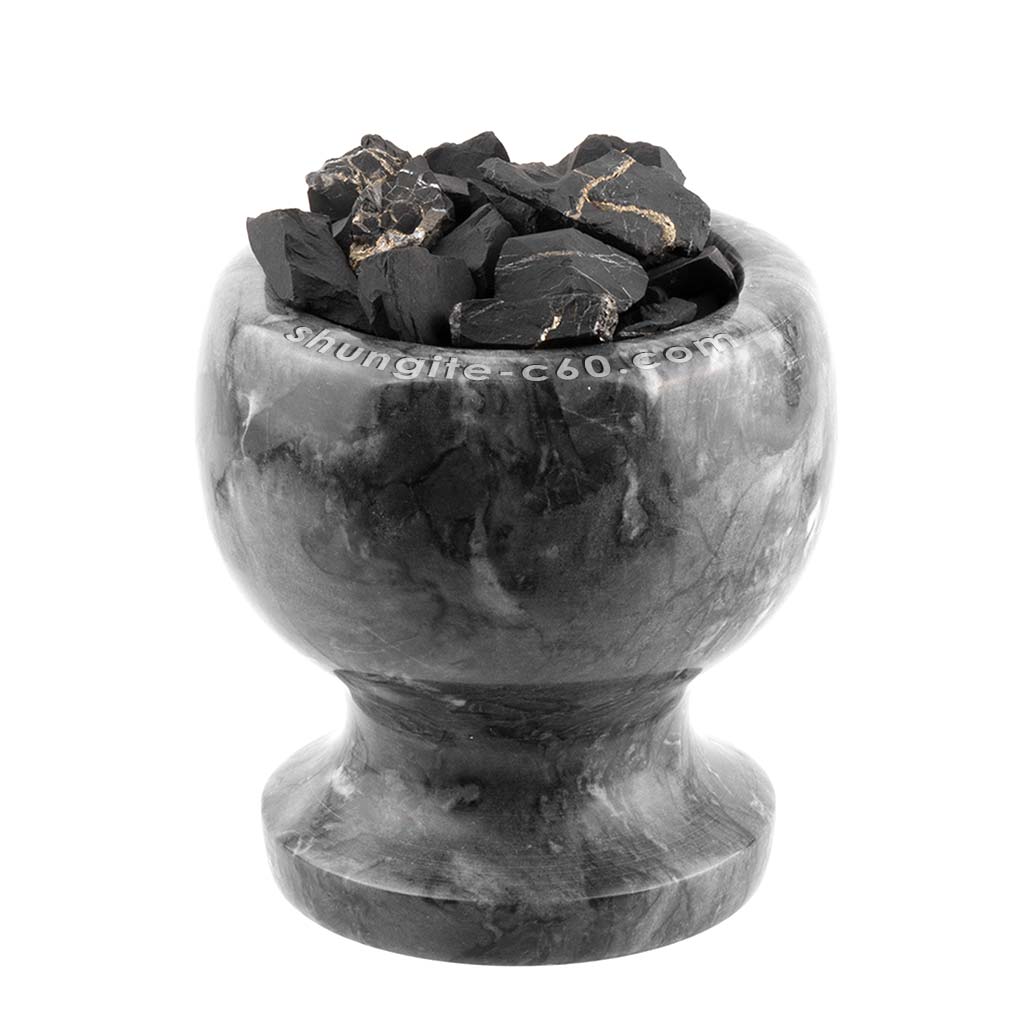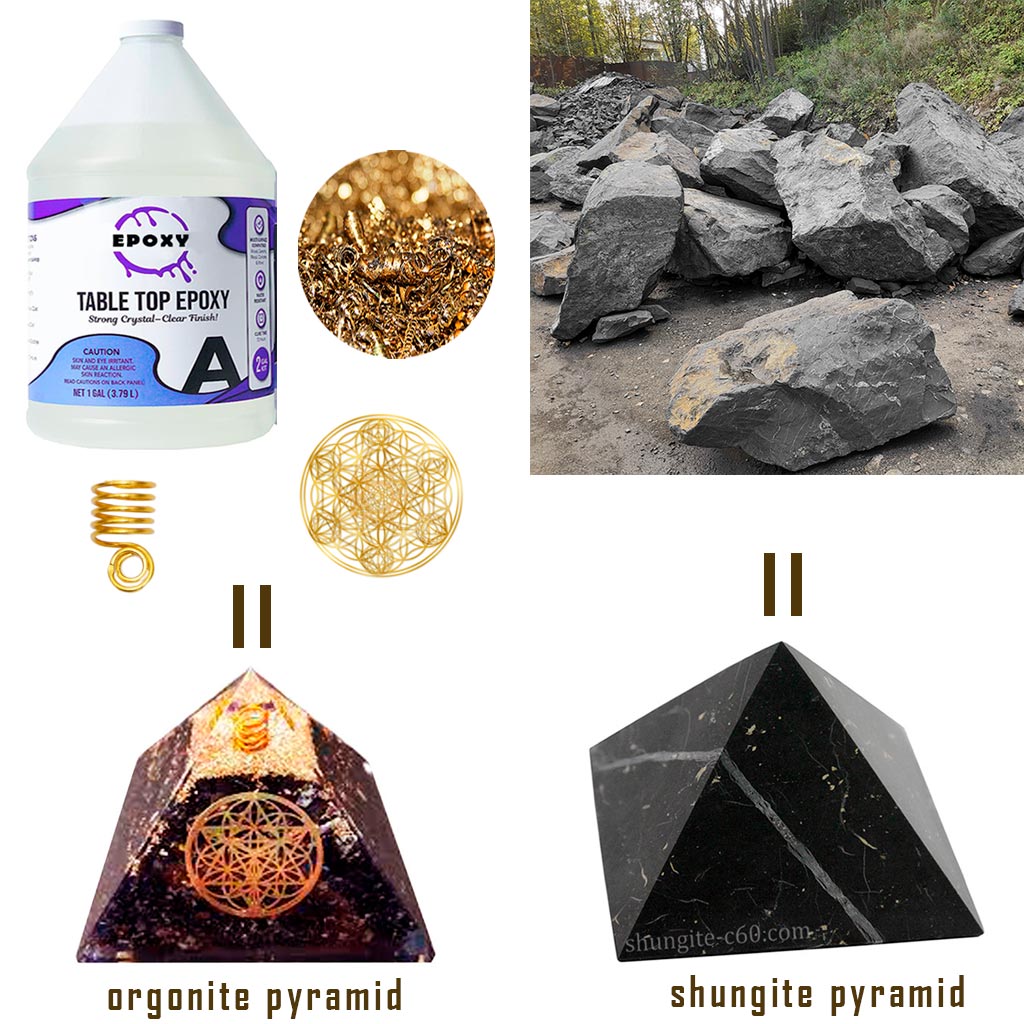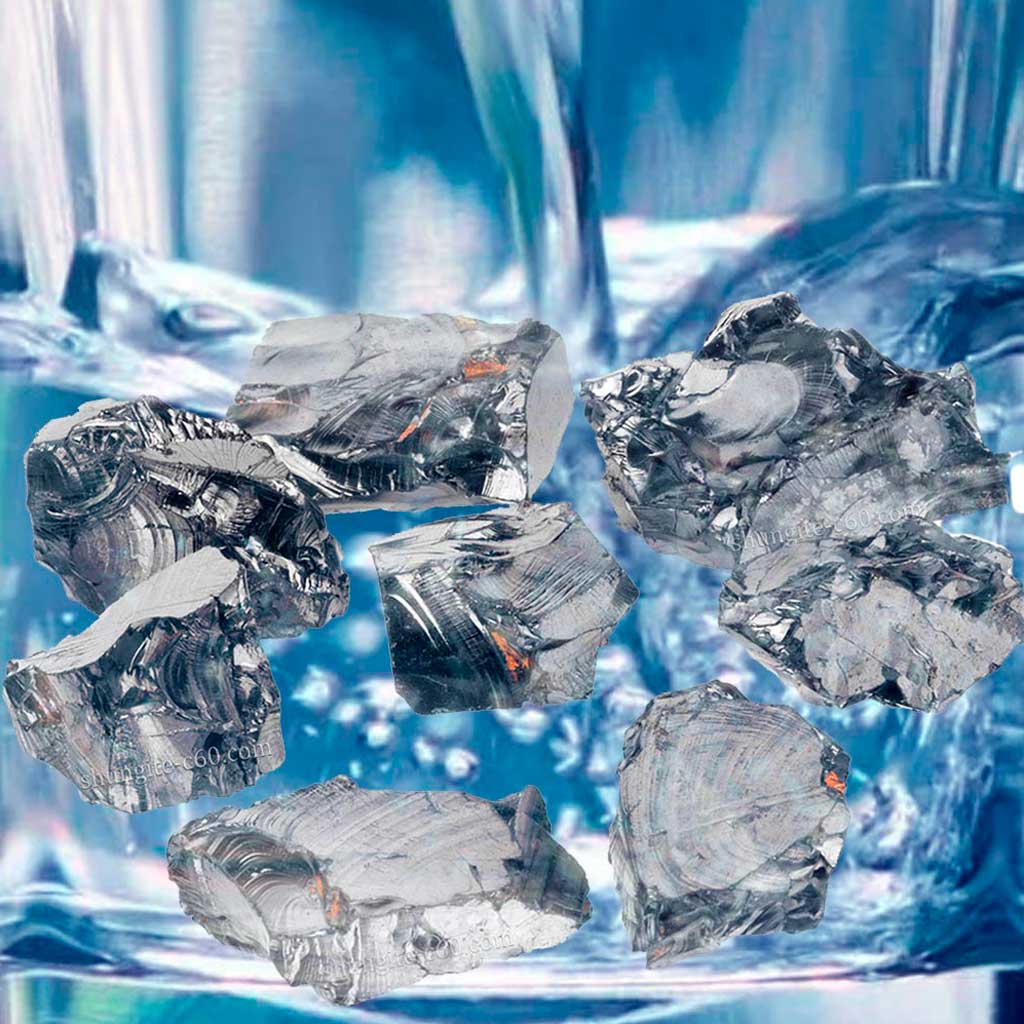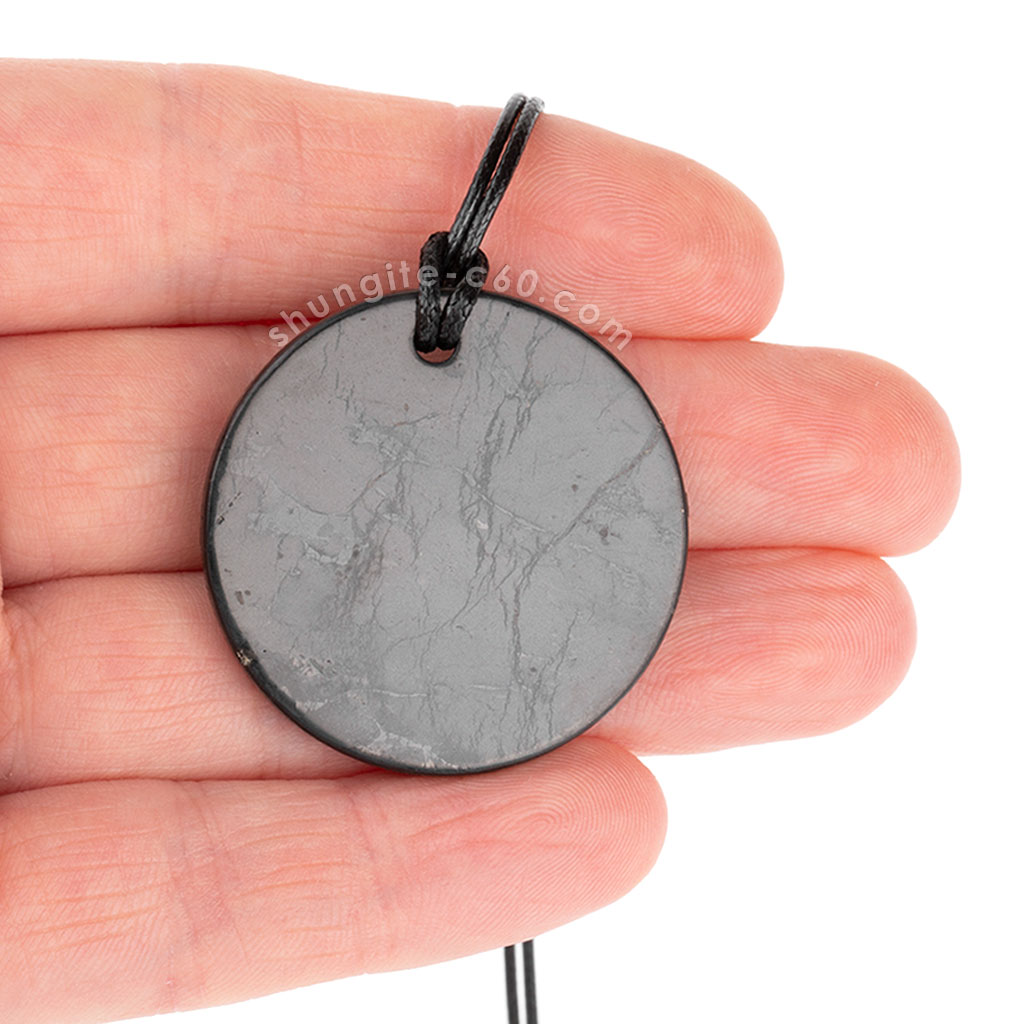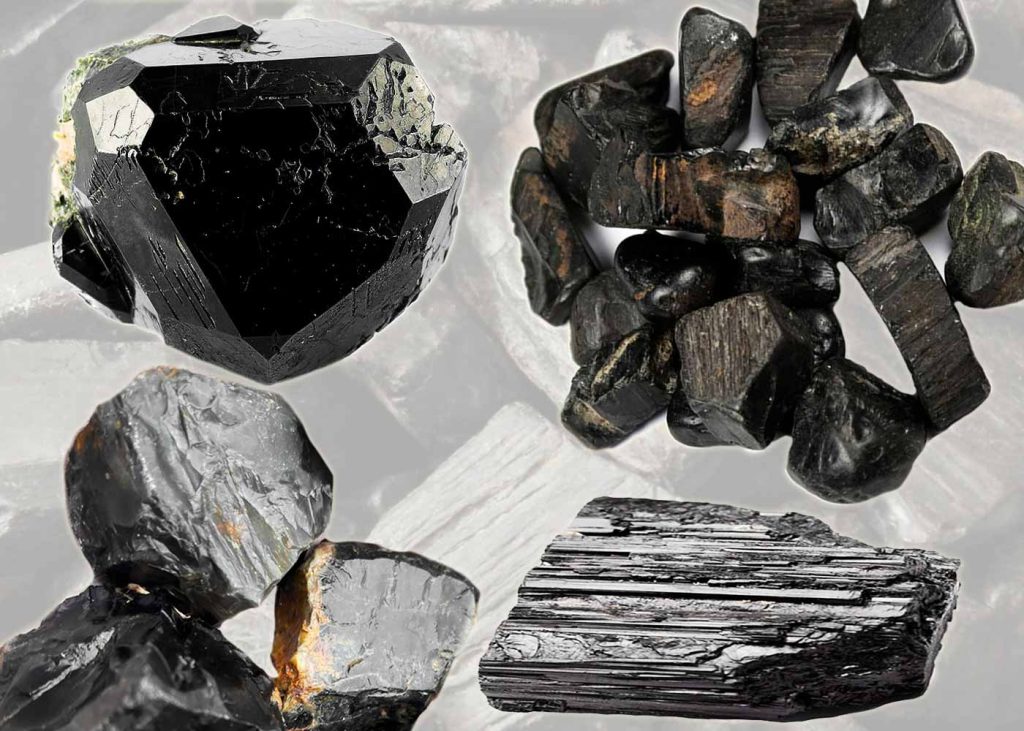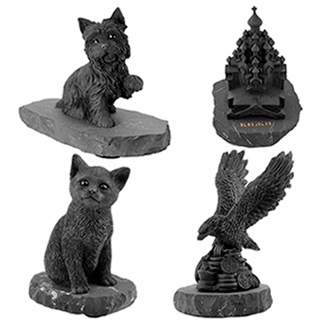All geologists who study elite shungite color of type 1 call it as silver. In fact, the real color of noble elite silver Russian stone is dark grey. Also the streak color of the mineral is black.The color of the streak is an important diagnostic feature for determining the mineral.
To see it, you need to grind the mineral into powder or rub the sample on white rough porcelain. However, many of our readers will object to us, because they see a real elite shungite color is silver. Maybe this silvery color is some additional color of this stone?
So, what is elite shungite color – black or silver?
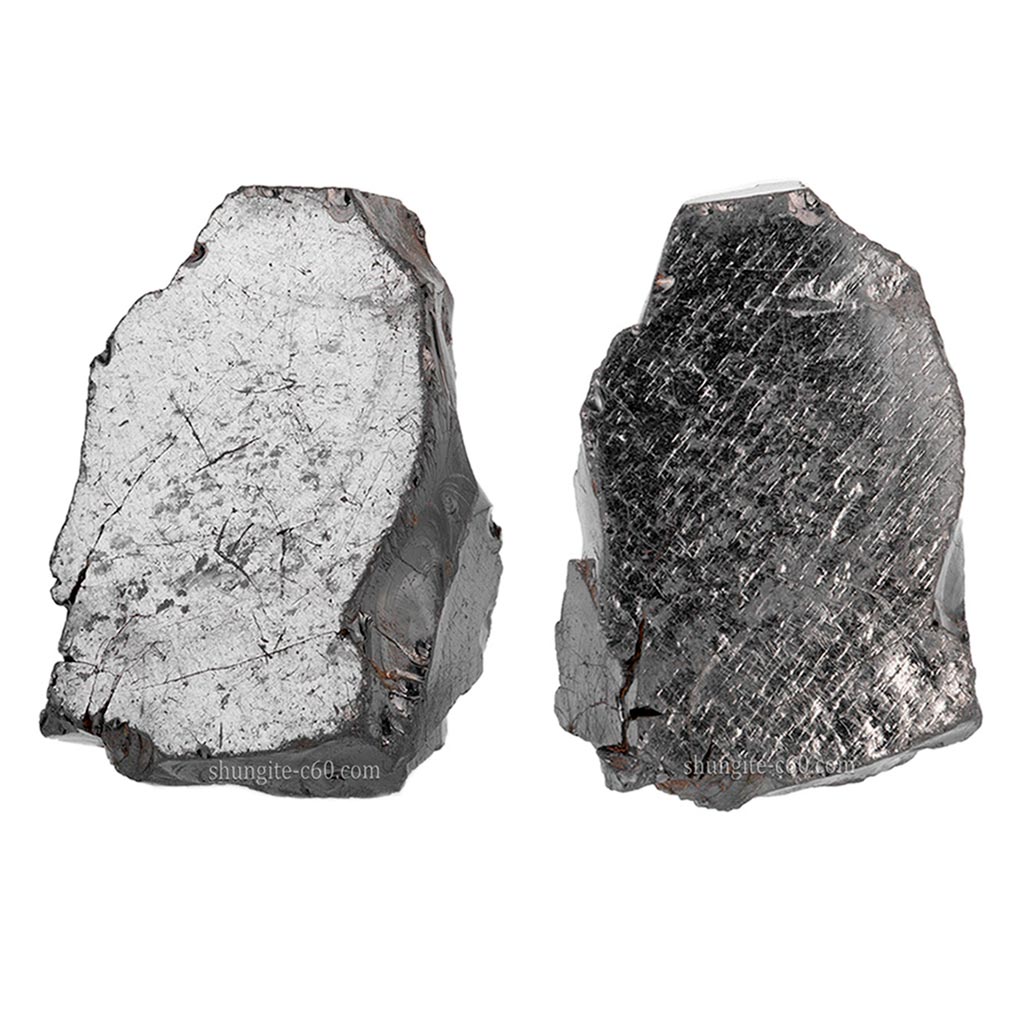
The fact is that, important feature of elite shungite color is its brilliance. This rare mineral has a very strong luster, this luster is called diamond-like, as well as a strong metallic-like luster. The reflection coefficient (R0) for elite type 1 stone is 3.5-10.58%.
That is why geologists describe elite shungite color as a dark grey mineral with a strong diamond-like luster.
Thanks to such a strong luster, the type 1 Russian stone reflects light well, so when it is illuminated with light, it looks like silver.
Why is Russian mineral called elite?
Elite stones is a very rare variety of rock c60 from Karelia with more than 98% carbon. In fact, scientists officially call it rock of the first type or a brilliant variety of shungite, they also call it Karelian higher anthraxolite. Therefore, this descriptive word is “elite” or “noble”, it’s just a marketing ploy.
However, everyone who is familiar with shungite distinguishes mainly two types of Russian rare stone – elite stone (with a strong luster that seems silvery) and black classic shungite. In this regard, the descriptive epithet “elite” stuck very strongly to this rare type of mineral of the first type.
Therefore, if they talk about elite shungite color, they mean its “silver” variety. Now you know what color elite stone really is. However, calling this rare type of elite Russian mineral and silver will not be a big mistake. After all, if you really understand minerals and Russian stone, then you understand that we are talking about Elite shungite silver color of the first type and black color stones type 3 with a strong like coal.
What is the difference in color between elite type 1 and classic type 3 stones?
Elite shungite has a dark grey color and strong luster, while type 3 stones has a black color and does not have a strong luster, as it is matte. Also, a stronger shine distinguishes genuine elite stone from fakes.
The fact is that elite type 1 mineral is a rare variety of classic black stones. And black classic stones is often calledof the third type or Zazhoginsky (named after the place of extraction in Karelia) in scientific circles.
At the same time, all varieties of Russian stone are black, since they all consist of amorphous carbon, which is black.
However, elite shungite silver color is, as it were, concentrated carbon to the highest degree. After all, it contains more than 98% of the unique amorphous carbon. While classic Russian stone contains about 30% amorphous carbon on average.
At the same time, elite shungite has a strong shine silver color, while classic type 3 stones does not have such a shine and is matte in its raw form. Also, products from black classic shungite can be polished, then the shungite becomes shiny. However, in terms of characteristics, it still does not have the same brilliance as elite stones.
By the way, if we can make any products from classic black stones, from beads to pyramids. Then it is impossible to make anything from elite shungite silver color. This is due to the fact that the reserves of elite stones from Russia are almost exhausted. And most importantly, it is impossible to make anything out of it because of its fragility and unyieldingness, as well as the absence of large blocks of material.
